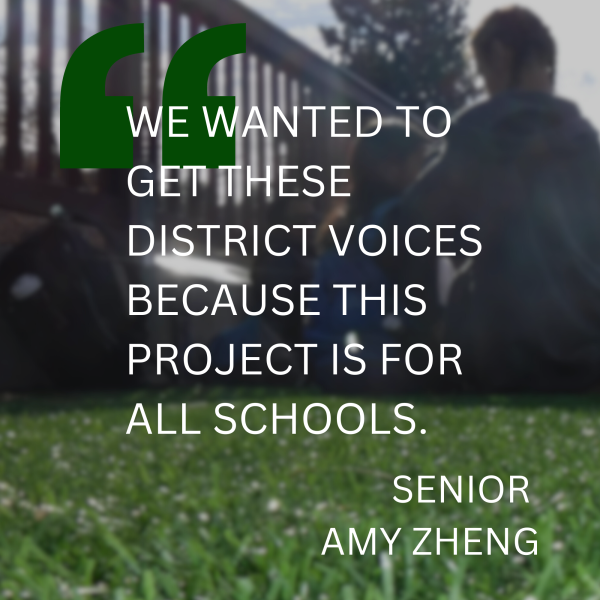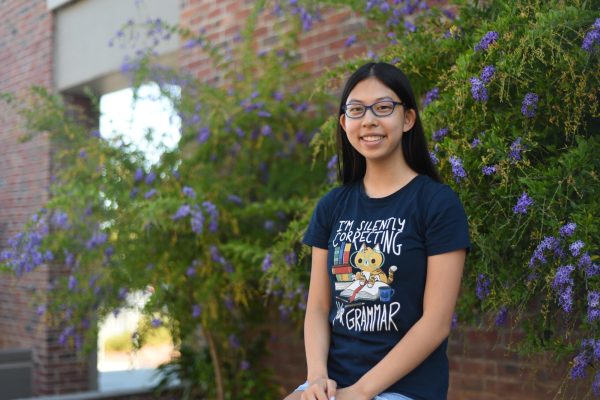With the contract for the turf fields of both Fremont High School and Homestead High School reaching its termination in 2024, FUHSD is deciding whether to keep the turf sports fields or bring back natural grass fields.
The fields across the district were all natural grass up to 2008. Superintendent Graham Clark, who served as HHS’s principal from 2004 to 2013, notes that there were many maintenance and water issues. Due to the frequent use of these fields, Clark says there was a lot of wear and tear on the natural grass and animals like gophers digging holes that made it hard for athletic teams to play on the fields.
Clark explains that in 2008 the district looked at other schools in the Bay Area and noticed that FUHSD was one of the few districts without synthetic turf fields. After conducting an environmental impact review, the district decided to convert the fields to synthetic turf. Now with the need to replace the fields over a decade later, Clark says the district is raising the question of whether it should stick with turf.
“It’s time to replace our old synthetic turf and so then the question would be, ‘Are we going to go [with] natural grass or synthetic turf?’” Clark said. “Then if we are going to go [with] synthetic turf, exactly what turf and what infield? We’re going through the decision process of ‘Can we find the most environmentally friendly turf product that we could [replace it] with?’ If we wanted to go to natural grass, that would be something very different and costly.”
Currently, parents and a group of environmentalists have raised concerns over the safety risks from the turf, such as per- and poly-fluoroalkyl substances, or PFAS, which are chemicals in the turf’s carpet that can contaminate groundwater and increase the risk for cancer. Clark says if the district goes forth with keeping the turf, they will prioritize turf with a lower PFAS content to ensure the safety of students and community.
However, he explains that the most important factor in this decision is the input from students and coaches. At the start of the 2023-24 school year, Clark visited MVHS and tasked the Interdisciplinary Research and Project Design class with the project of gathering data of student and staff opinions on turf versus natural grass fields.
According to senior and IRPD member Amy Zhang, in order to get a diverse range of perspectives, IRPD students interviewed student athletes, coaches, MVHS alumni, staff and maintenance workers from across FUHSD, along with schools outside of the district. In total, IRPD conducted interviews with 140 people throughout 13 different schools.
“Because we are the only IRPD class across the district, we wanted to get these district voices because this project is for all the schools, not just Monta Vista,” Senior and IRPD member Amy Zheng said. “For us, it was important to get as much data as possible.”

Zheng says the data IRPD collected shows that there was an even split between the preference for artificial and natural grass fields, but athletes from different sports tended to have different preferences. For example, Zhang says most members of MV Color Guard and MV Cheer wanted to keep turf fields to avoid getting dirt on their uniforms while football coaches preferred grass fields. After gathering the student data, IRPD presented their data to an FUHSD Study
Session on Sept. 19 with the goal of informing the district’s decision.
“As a research class, our primary goal is to educate the board [and] to inform them of the student opinion across FUHSD,” Zhang said. “We were not recommending any one decision over another. We were actually asked at the board meeting what we would recommend, and we said we are not recommending anything because primarily the focus is that research should be unbiased.”
History teacher Bonnie Belshe, who coached Junior Varsity Field Hockey through the transition from natural grass to turf, was also invited by the district to provide insight as a coach with experience with both grass and turf at the same meeting that IRPD presented at. She advocated for turf, explaining that it is a much better option for sports like field hockey. She says there was a clear improvement in the Varsity and JV Field Hockey teams when they started playing on FHS’s turf fields.
“The precision and growth in skills from all of the players was absolutely incredible,” Belshe said. “We saw it was a fairly steep growth that happened because they were on this very consistent playing surface all the time.”
Belshe also notes that a smooth field is extremely important for field hockey as any uneven ground can cause balls to fly upwards and knee and ankle injuries. According to Clark, some people have raised concerns that turf could potentially cause more injuries, such as turf burns, but an IRPD’s analysis between injuries and the type of field shows that there is no apparent correlation between turf and injuries.
“The reality is most of the injuries have nothing to do with the sports fields,” Clark said. “There are other types of injuries and there was only a handful that actually could be attributed to artificial turf.”
As a resident himself, Clark empathizes with homeowners concerned about the turf’s chemicals’ impact on their healthbut emphasizes that FUHSD values student and staff opinions and has to provide for its sports teams.
“As a high school superintendent, we have this obligation to provide facilities that support our athletic programs,” Clark said. “We don’t always try to do the cheapest thing. We want to try to do the right thing, and for us, I think that we have a certain level of demand from our teams and our sports and our activities that need to use these fields.”















